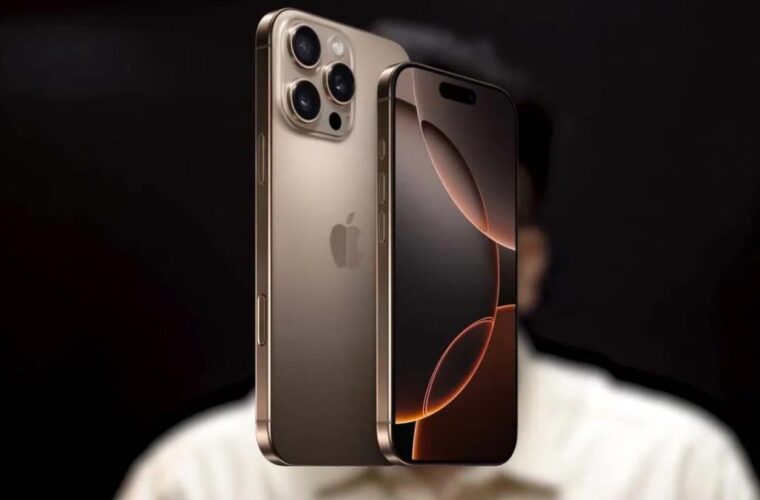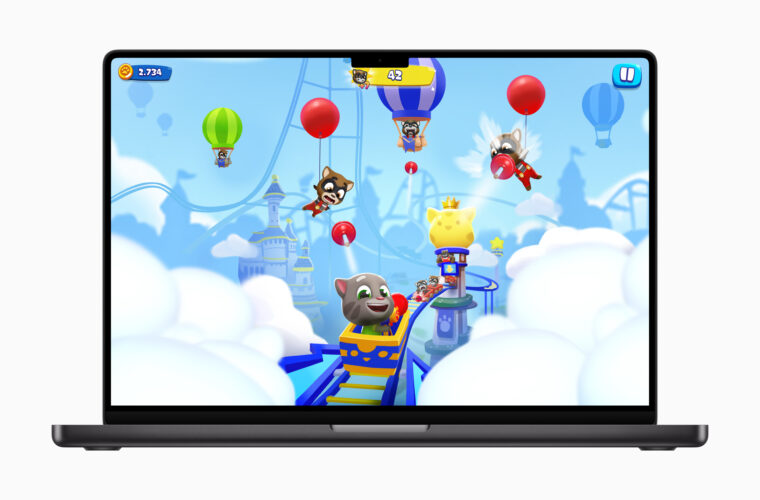Apple itextile: After revolutionizing the world with the Mac, iPod, iPhone, iPad, and Apple Watch, and with the imminent arrival of Apple Vision, the question on everyone’s mind is: Could Apple be venturing into the world of smart clothing? While the answer remains uncertain, recent developments suggest that Apple might be one step closer to making it a reality.
Just days ago, Apple filed a groundbreaking patent for a touch-sensitive itextile, introducing the incorporation of conductive threads that could unlock a wealth of possibilities in the realm of smart clothing and wearable devices. This innovative textile is designed to seamlessly integrate conductive threads capable of detecting touch occurrences, their precise locations, and the applied force.
The big question now is, could this innovation become a part of the Apple Vision or perhaps introduce new features for Apple’s existing range of accessories? The potential applications are vast and intriguing.

Apple’s pioneering textile utilizes conductive threads derived from diverse materials such as copper yarn, silver yarn, and coated non-conductive natural or synthetic fibres, marking a significant milestone in Apple’s journey into futuristic textiles, which goes beyond their previous forays into the world of smart fabric.
What does this mean for Apple users, and what could this latest venture into fabric technology entail? This article explores the implications of Apple’s innovative textile patent, delving into its potential impact on technology and fashion enthusiasts.
Touch-sensitive textiles: a versatile invention – Apple iTextile
Touch-sensitive textiles, as the name implies, represent an ingenious development in the realm of smart fabrics. These remarkable materials can accurately detect touch input through capacitive sensing, offering a continuously available and highly responsive input modality. In addition to this core functionality, they can integrate supplementary sensors capable of monitoring various facets of human performance, behaviour, and health. The potential applications for touch-sensitive textiles are incredibly diverse and expanding, as evidenced by recent patent filings.
Apple elucidates the significance of this innovation by noting, “Traditional electronic devices may encompass a variety of input mechanisms, such as physical buttons, keys, computer mice, trackballs, joysticks, and the like.” However, with touch-sensitive textiles, a new horizon of possibilities opens up. Apple further underscores the transformative impact of this technology by observing that “some conventional electronic devices may incorporate a touch panel or touch screen designed to receive touch input from a user.”
The potential for resurgence
The utilization of conductive threads, which can be created from copper yarn, silver yarn, or coated non-conductive natural or synthetic fibres, underscores the adaptability of this technology to a wide range of fabric types. Apple’s illustrative depiction within the patent application vividly demonstrates a user effortlessly interacting with their garment, providing compelling evidence of the immense potential inherent in smart clothing.
While Apple is not alone in its pursuit of smart textiles, it undoubtedly leads the charge in this innovative field. The broader tech industry has also embraced the concept of merging technology and fashion, with sleek fitness monitors and similar products pushing the boundaries of what’s possible.
Past challenges, as highlighted by business analysts, including issues related to “lack of technological maturity,” “improper marketing positioning,” and “lack of consumer awareness,” have not dissuaded companies from exploring this exciting frontier. As is often the case, Apple is daring to venture where many have failed or struggled to create user-friendly products that achieve widespread success.
Google’s interest in tech-integrated apparel
Levi Strauss & Co.’s collaboration with Google on the Jacquard “smart jacket” in 2020 and Under Armour’s experiment with biometric running trainers were early attempts to integrate technology into clothing.
Google has expressed interest in apparel-integrated tech, with a patent for a smart footwear system filed in April 2023. It’s a testament to the industry’s determination to merge fashion and technology, making clothing an extension of our digital lives.
As Apple forges ahead with its exploration of touch-sensitive textiles, it’s evident that the future of fashion isn’t just about what we wear but what our clothing can do. With smart clothing on the horizon and trailblazers like Apple leading the way, the intersection of technology and style is set to redefine our daily lives.



